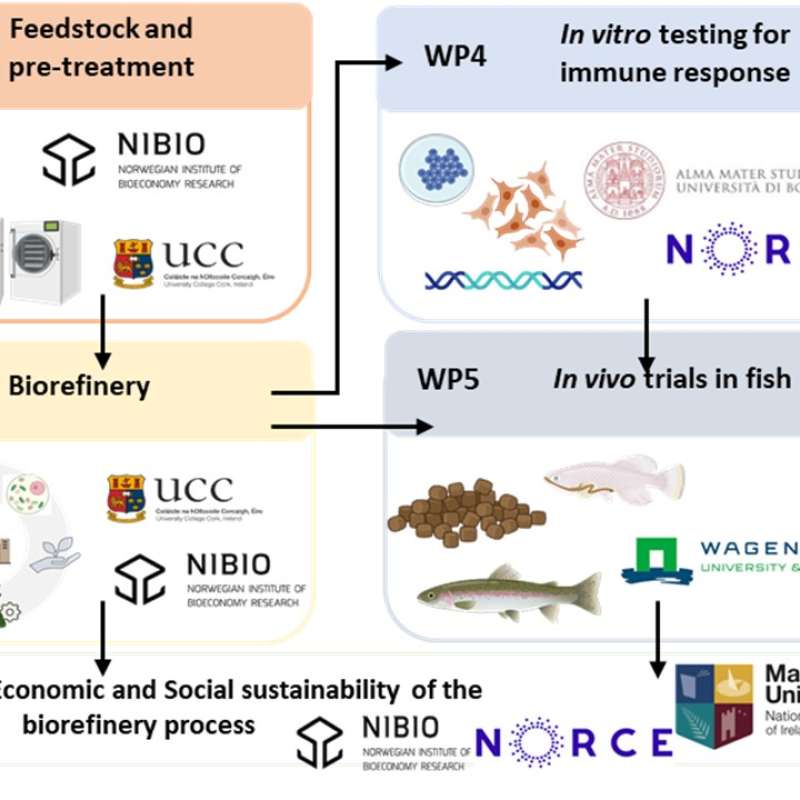Johan Johansen
Head of Department/Head of Research
(+47) 957 32 132
johan.johansen@nibio.no
Place
Bodø
Visiting address
Torggården, Kudalsveien 6, NO-8027 Bodø
Abstract
No abstract has been registered
To document
Authors
Thierry Chopin Barry Allen Costa-Pierce Max Troell Catriona L. Hurd Mark John Costello Steven Backman Alejandro H. Buschmann Russell Cuhel Carlos M. Duarte Fredrik Gröndahl Kevin Heasman Ricardo J. Haroun Johan Johansen Alexander Oliver Jüterbock Mitchell Lench Scott Lindell Henrik Pavia Aurora M. Ricart Kristina S. Sundell Charles YarishAbstract
No abstract has been registered
To document
Authors
Ana Margarida Fernandes Josep Àlvar Calduch-Giner Gabriella V. Pereira Ana Teresa Gonçalves Jorge Dias Johan Johansen Tomé Silva Fernando Naya-Català Carla Piazzon Ariadna Sitjà-Bobadilla Benjamin Costas Luís E. C. Conceição Jorge Manuel de Oliveira Fernandes Jaume Pérez-SánchezAbstract
No abstract has been registered

